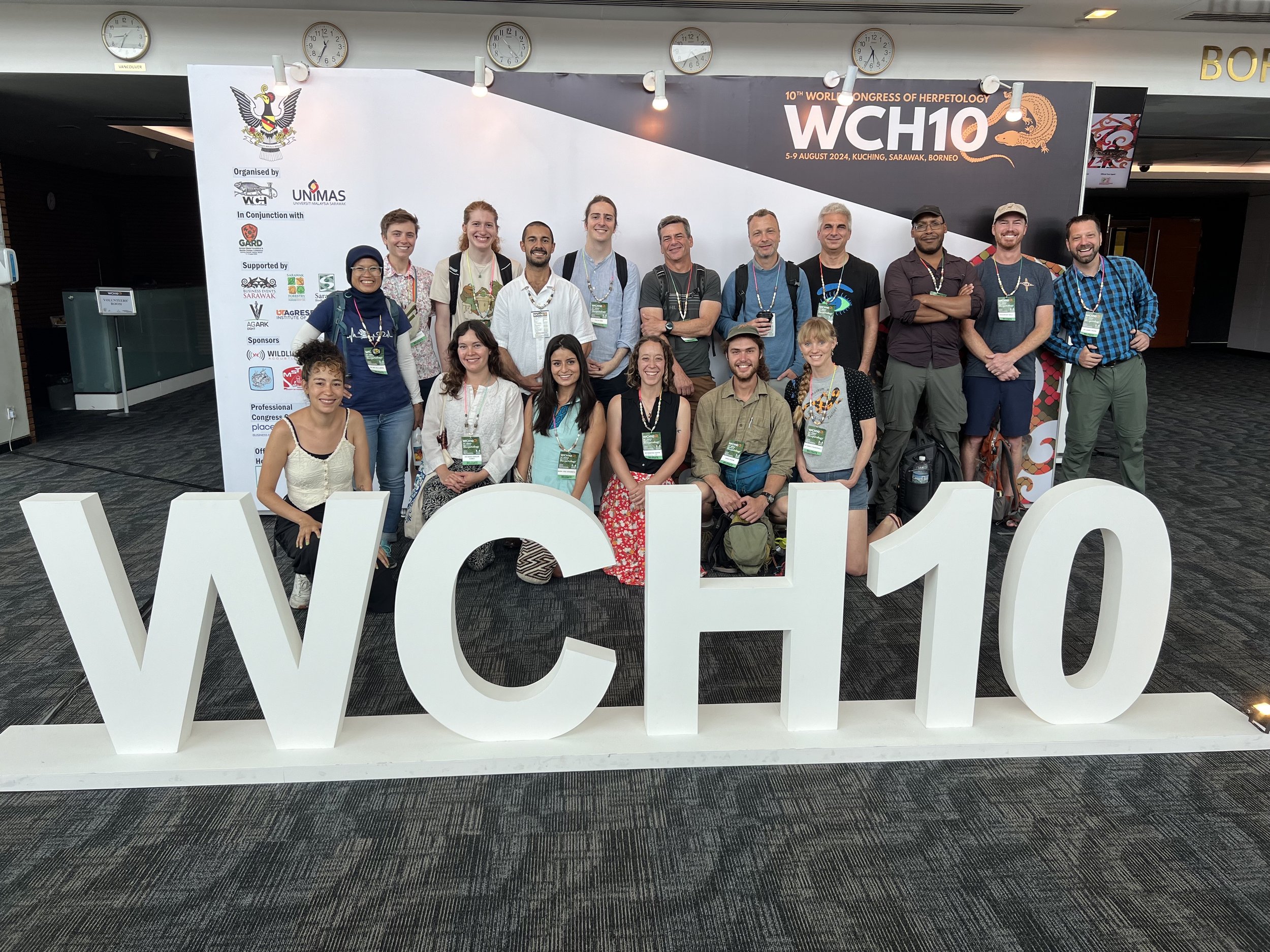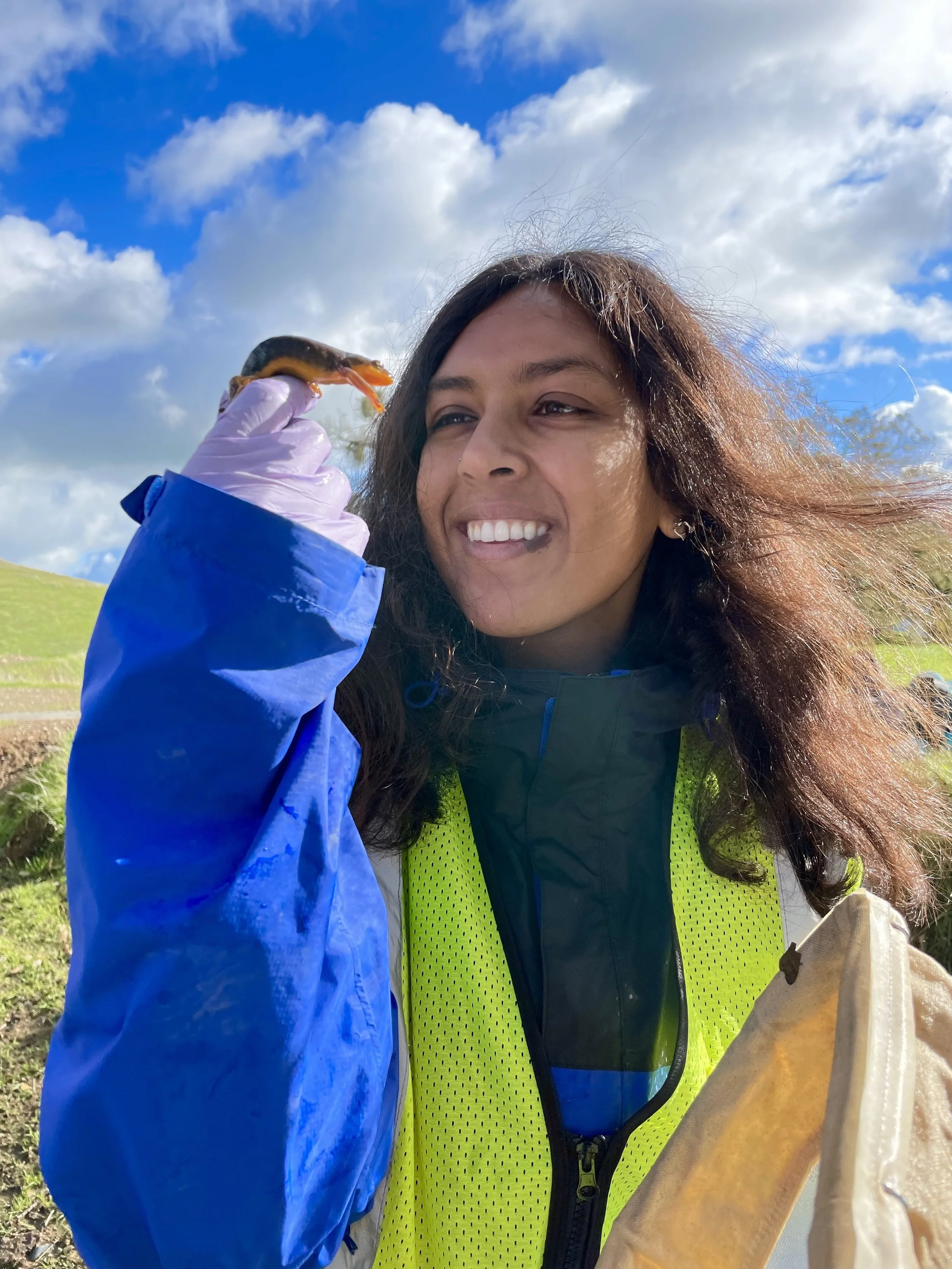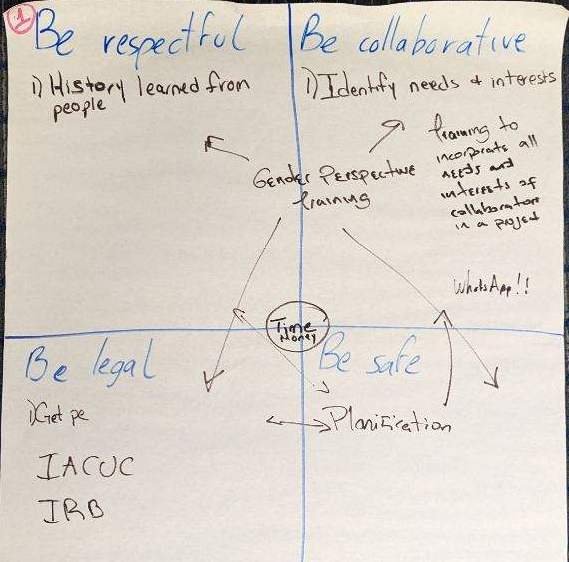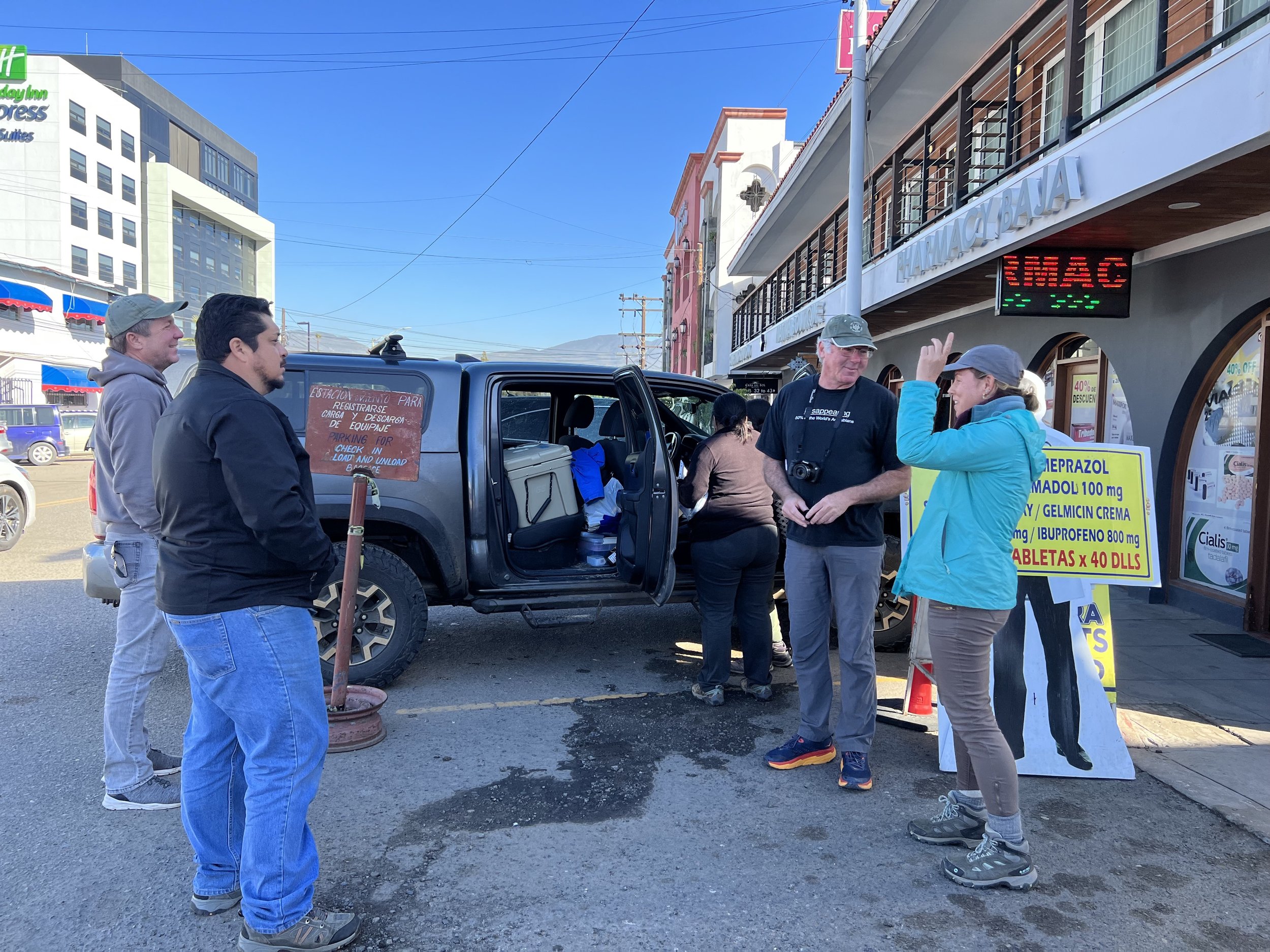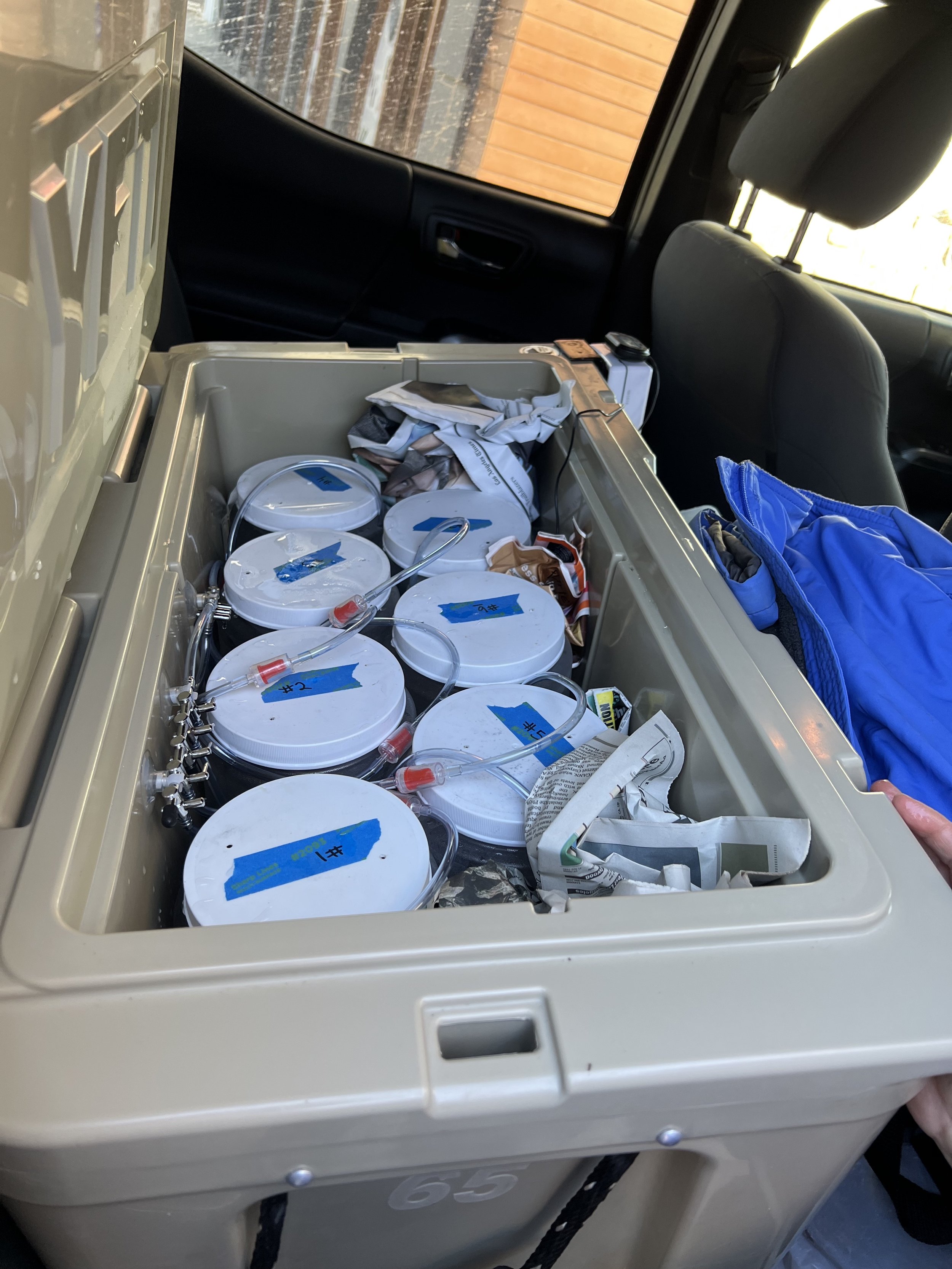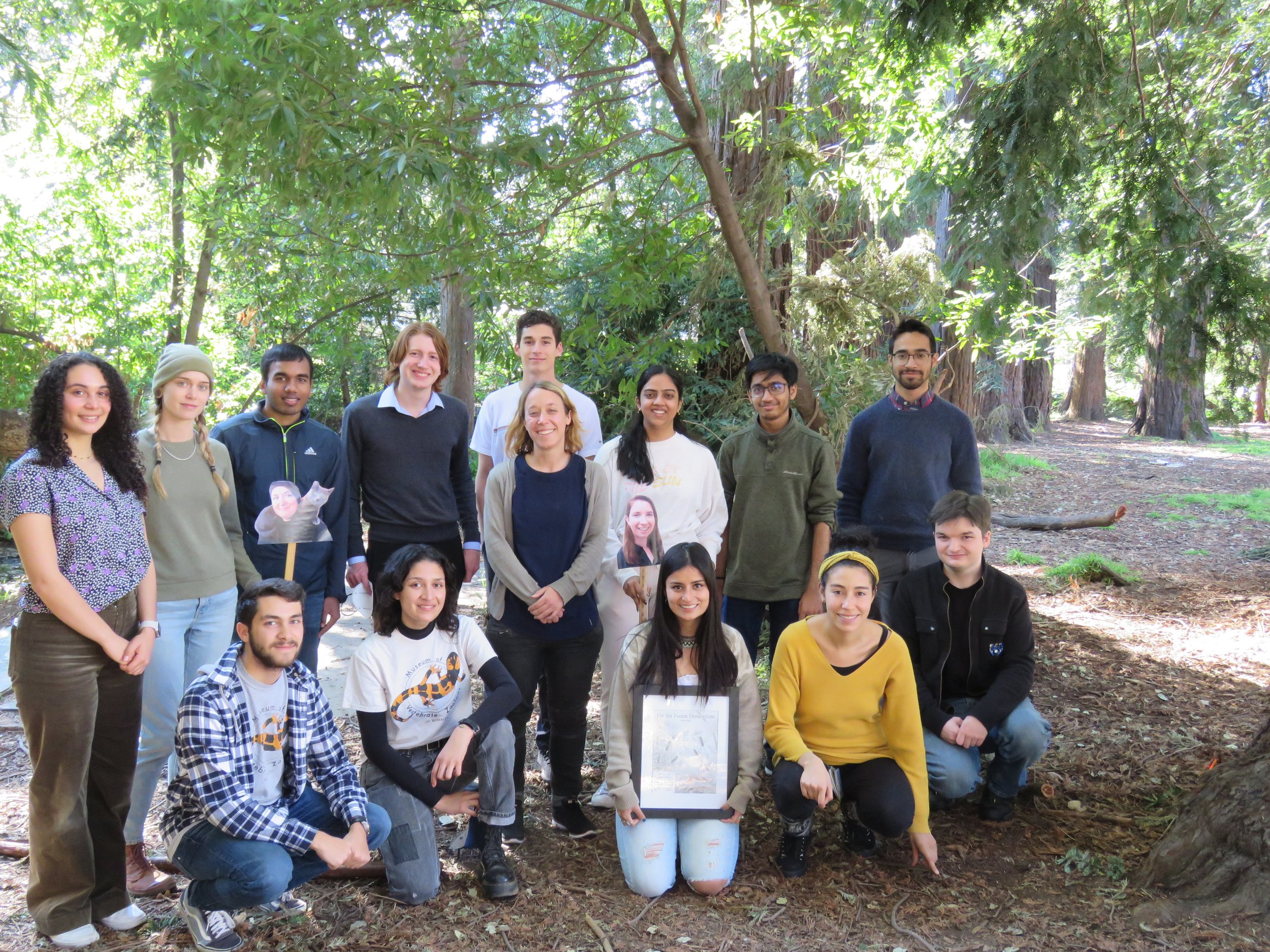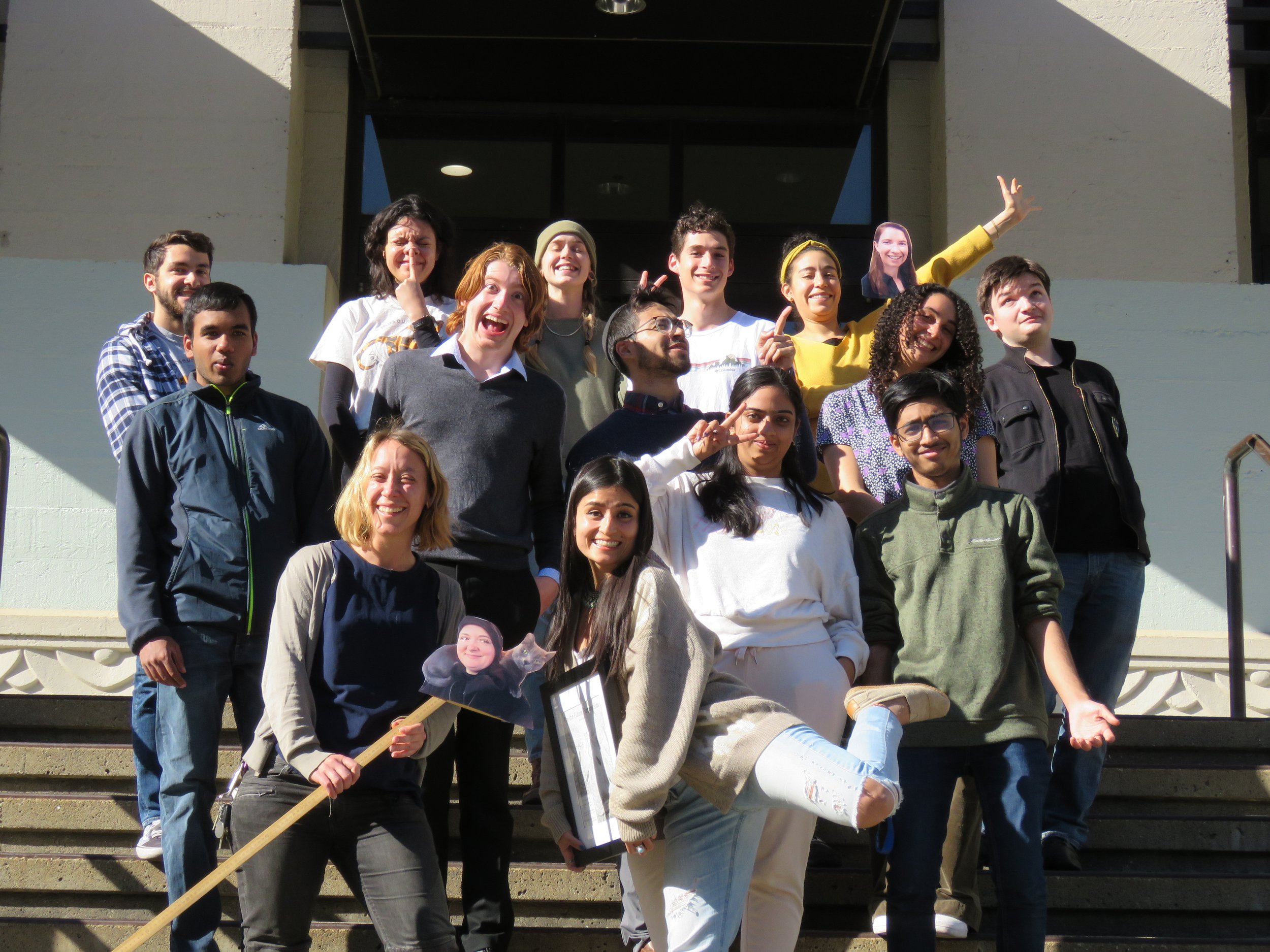Our efforts to establish a proof-of-principle for an ongoing experimental evolution project, led by Tyler Douglas, are now published in Biology Letters! Below, I update our initial Twitter thread on the paper.
Previous studies show that genetic variation exists for nicotine resistance in founding strains of the Drosophila Synthetic Resource Panel (DSPR; Marriage et al. 2014). In our study, we focused on two strains of the DSPR, A4 and A3. A4 has two duplicated cytochrome p450 genes that are constitutively expressed at higher levels than A3. These genes are likely to be in part responsible for breaking down nicotine (Chakraborty et al. 2019). A3 (not A4) has a mutation that disrupts the reading frame of a UGT (an enzyme that can modify nicotine), reducing nicotine resistance (Highfill et al. 2017). The role of this mutation in nicotine resistance was validated using CRISPR (Macdonald & Highfill 2020). Given these data showing that A4 are more resistant than A3 to nicotine, we asked whether A4 could consume enough nicotine to receive a survival benefit against the endoparasitoid wasp Leptopilina heterotoma, which lays its eggs inside fly larvae. Nicotine can potentially permeate the fly gut and enter hemolymph to affect wasp development. The wasps are able to prevent fly larvae from encapsulating the egg (a normal anti-parasite response), so the wasp eggs should be exposed to nicotine in the surrounding hemolymph.
In the first experiment, we parasitized A3 and A4 larvae, placed them on nicotine-laced media, and counted the number of adults emerging alive. Compared to survival on control media, parasitized A4 flies actually had increased survival when fed nicotine (panel a, solid purple line, below). In both fly strains, wasps developing in nicotine-fed flies had much worse survival (panel b).
We then wanted to know whether the flies contained nicotine so we conducted another experiment feeding A3 and A4 flies then collecting and rinsing flies before sending them off to GCMS for nicotine quantification. We estimated that A4 pupae (purple) contained up to 40ng each (panel d) as pupae. We also observed that both fly strains carried nicotine over into adulthood! This is also a pattern that was seen by Karageorgi and colleagues (2019) when "monarch" flies were fed the cardiotoxin ouabain. It’s possible that passive accumulation during larval stages could provide adults a fitness advantage against parasites or predators too. In this experiment, we noted that A4 accrued more nicotine than A3 in the 24hr period after they were first placed on nicotine media (panel d, asterisks). We were surprised by this pattern because given the known metabolic efficiency of A4 we expected the opposite.
In a third experiment, we estimated the adult mass of both strains when fed control or nicotine-laced food. This assay showed that A3 flies (blue) consumed less media than A4 flies (purple), suggesting that A3 flies were limiting their ingestion of nicotine and that A4 flies could survive carrying a heavier nicotine load than A3 flies (panel c). This might be what allowed A4 to accrue a survival benefit against wasps while A3 could not.



